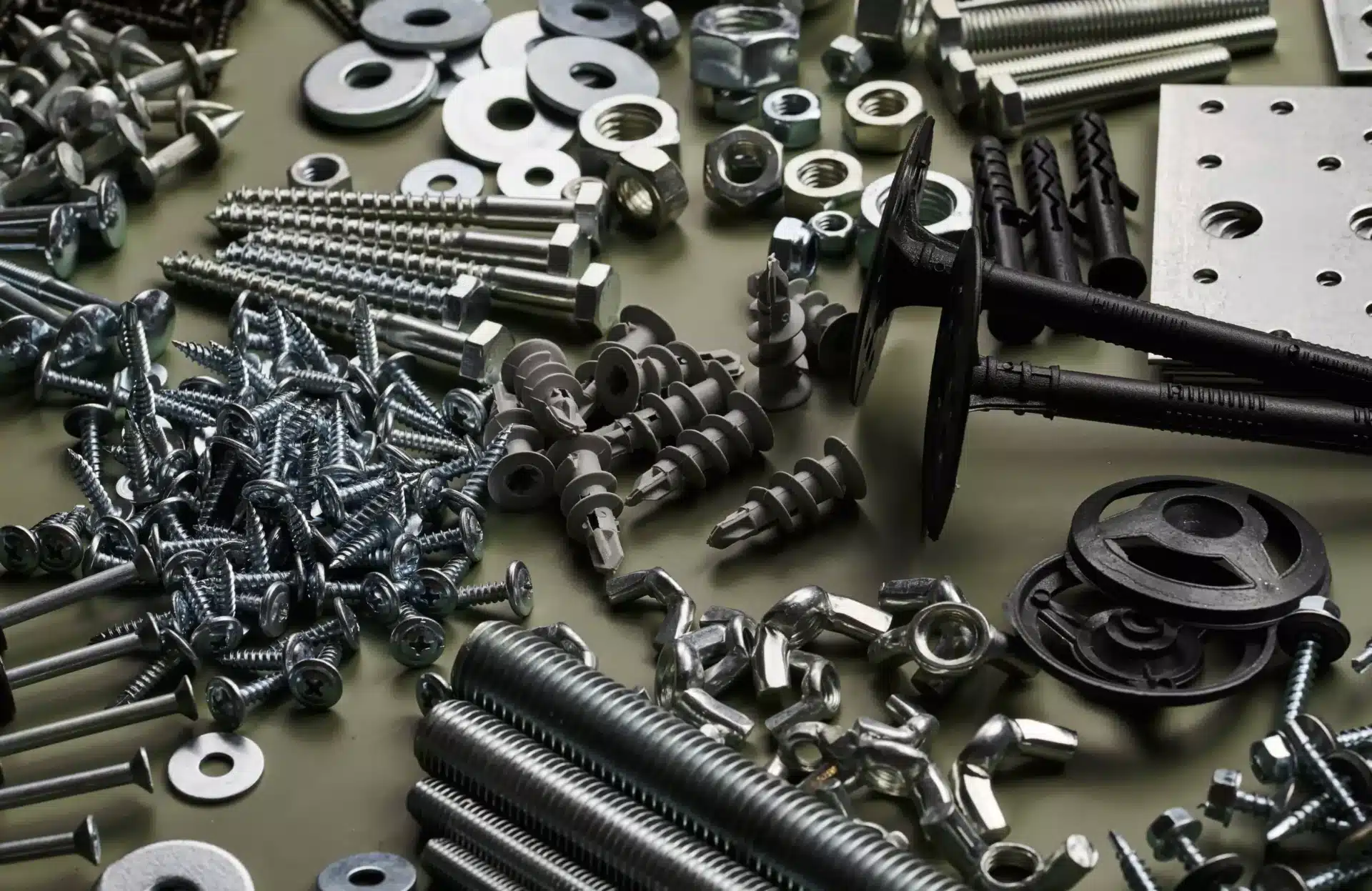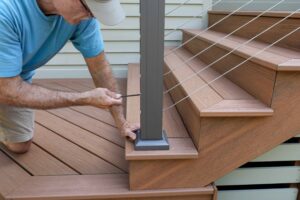Stainless and galvanized steel are two of the most common materials used in production. They both offer strength, flexibility, and durability against the elements. But each has pros and cons that will make them suitable for different things.
If you’re curious about whether galvanized steel or stainless steel is better for your project, there are several factors you should consider when making your selection.
Benefits of Galvanized Steel
Galvanized steel is created by adding a layer of zinc to the steel. The layer of zinc on galvanized steel protects against the elements. It will help resist corrosion and prevent physical damage.
The layer of zinc gets added in a few ways.
-
Regular steel uses hot-dip molten zinc to create a strong bond between the zinc and steel
-
Electro-dipping uses an electric current to create a bond between a layer of zinc and the steel
-
Thermal diffusion uses a zinc powder to coat the steel and is run through a cylindrical drum at high speeds to apply heat, dissolving the powder and bonding the zinc vapor to the steel
Each of these processes results in steel with a layer of zinc coating steel instead of an alloy like stainless steel.
The steel produced using these methods is often flexible to the end user. That makes it useful for small products like screws, fasteners, and other small objects. Its flexibility depends on the underlying steel used, which means results will vary.
Galvanized steel is also corrosion-resistant, which is very important if you live in wet climates. It’s very resistant to both regular and chlorinated water. But you will run into issues if you expect galvanized steel to come into contact with salt water.
One issue people have with galvanized steel is that it can break down over time, leading to a compromised product.
How Does Galvanized Steel Resist Corrosion?
Galvanized steel resists corrosion because of the protective layer of zinc on the steel. Zinc prevents oxygen from contacting the steel. You’ll have less chance of corrosion when less oxygen hits the steel.
Zinc is also more likely to attract oxygen than steel because of its reactivity. This is important because damage can still occur on galvanized steel, creating gaps in the thin layer of zinc. The zinc around the damage reduces the oxygen molecules impacting raw steel and will result in less corrosion and rust.
Benefits of Stainless Steel
Stainless steel is a mixture of carbon steel and chromium. Stainless steel producers heat steel until it’s molten and mix it in chromium. That process creates a hardened steel useful for projects requiring a lot of strength.
The good thing about chromium is that it offers protection against almost all forms of water. You can put it in fresh and saltwater conditions and see the same performance. This makes stainless steel great for marine environments. On the other hand, stainless steel performs worse in chlorine water.
Another consideration for stainless steel is the environment you place it in. You need to take care when you put two pieces of stainless steel together. If they’re in a position to rub together, that friction can create heat and result in the two pieces getting welded together.
You can also find many different types of stainless steel. The type you need will depend on your use case for your project.
For instance, a shop that needs to handle easy-to-replace parts, like in the auto industry, may use ferritic stainless steel. It’s cheaper, so it’s not a big deal if you need to replace it more often.
But when you need stainless steel products that need to last, such as cables for deck railings or skyscrapers, you need stronger steel that can withstand the elements.
How Does Stainless Steel Resist Corrosion?
Stainless steel is rust-resistant because of the added chromium in the finished product. Chromium helps stainless steel because it has a different reaction to oxygen. In a typical scenario, oxygen will combine with the iron in the steel to create iron oxide. Iron oxide is the technical term for rust, which will appear as corrosion.
Chromium reacts differently. Instead of resulting in iron oxide when exposed to oxygen, chromium will produce chromium oxide. Chromium oxide prevents the formation of iron oxide, which means rust won’t form on stainless steel.
There are different grades of stainless steel, each with varying levels of chromium. Each type also has other alloys that lessen or improve the strength of the steel. You’ll need to pick the correct grade for the level of protection you need.
What Is The Difference In Price?
Generally, you can expect higher stainless steel costs versus galvanized steel. You’ll usually find it for around the same cost as untreated steel. If you have a budget and don’t need the strength that stainless steel provides, galvanized steel is a great, economical choice.
When it comes to stainless steel, the price you pay will depend on the type of stainless steel and grade you choose. But you should expect to spend four to five times more for stainless steel than galvanized steel.
A few other factors play into the price of steel outside of the type of coating:
-
Grade of steel
-
Manufacturing method
-
Time of the year
Which Is Stronger?
If you’re looking for a material with superior strength, stainless steel is stronger than galvanized steel. Mixing molten steel with chromium adds a lot of strength you don’t get with galvanized steel.
But remember that this doesn’t always make it the best choice for a new project. Galvanized steel may not have the same strength as stainless steel, but it does offer more flexibility and is easier to work with.
Make sure you consider these things when thinking about galvanized vs. stainless steel. The wrong choice can make or break your project.
Questions? Call Us
If you’re unsure which type of steel to choose for your next project, the experts at Harbor Exports are here to help. Contact us to speak with a materials expert who can review your current needs and recommend the perfect solution for your project.
- About the Author
- Recent Posts
Brad Enfinger has been in construction for over 20 years and has been involved with every material from concrete slab to laying the roof on houses. Brad’s diverse experience has given him the knowledge needed to assist those with shipping building materials, whether it be a house, pole barn, deck, or a dock. Brad at Harbor Exports has anything for your building material needs and can export material all over the world.


